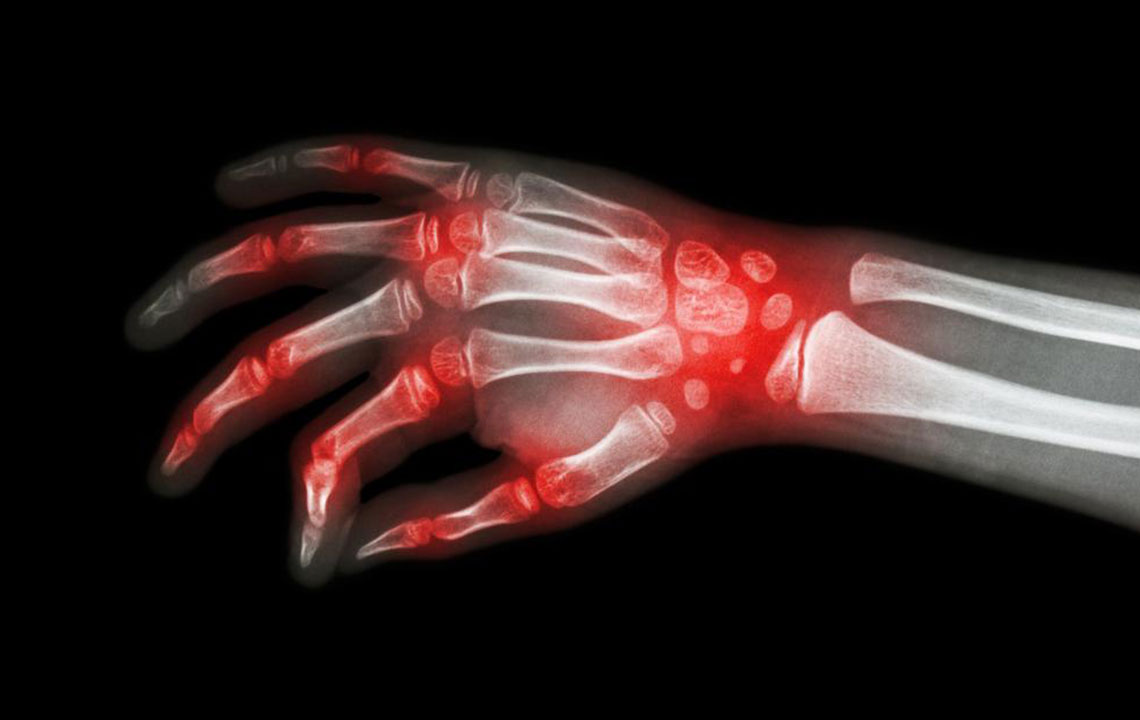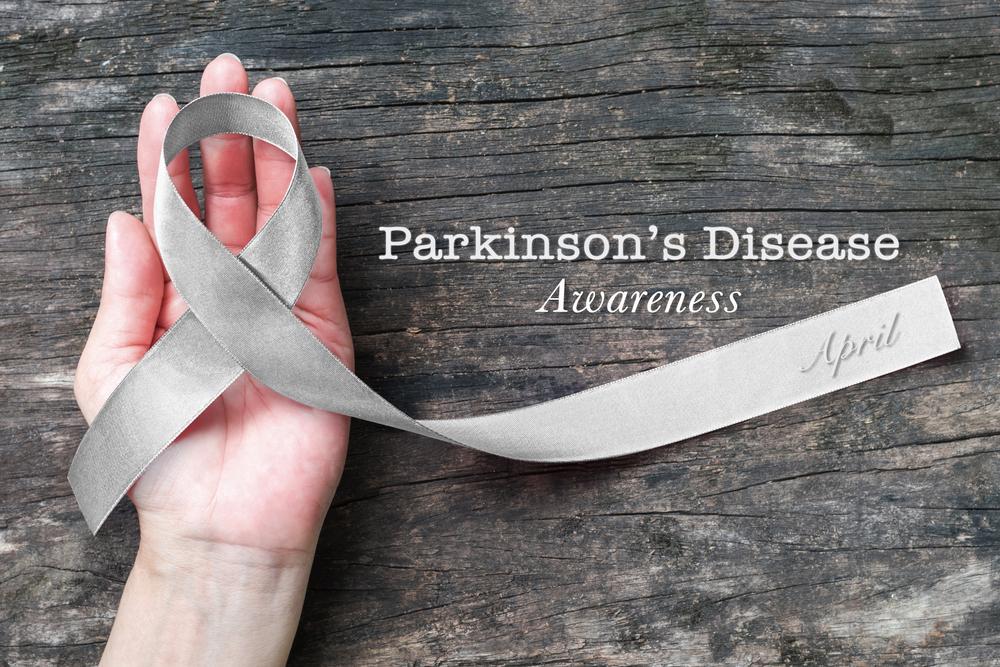Comprehensive Guide to Recognizing Early Signs and Symptoms of Psoriatic Arthritis
This comprehensive guide details the early signs and symptoms of psoriatic arthritis, highlighting skin manifestations, joint issues, nail changes, and other clinical features. Recognizing these indicators early can significantly improve management and prevent severe joint damage. The article also discusses demographic factors, common patterns, and associated complications, offering valuable insights for patients and healthcare providers to facilitate timely diagnosis and effective treatment.

In-Depth Overview of Early Indicators for Diagnosing Psoriatic Arthritis
Psoriatic arthritis (PsA) is a chronic autoimmune condition characterized by joint inflammation and pain, predominantly affecting individuals with psoriasis. This complex disease can significantly impair quality of life if not detected early. Recognizing the subtle early signs and symptoms associated with PsA is crucial for timely intervention, which can help prevent irreversible joint damage and improve long-term outcomes.
Psoriatic arthritis is often a hidden adversary, as its symptoms can resemble other joint disorders, making diagnosis challenging. Therefore, understanding the characteristic features, associated skin conditions, demographic factors, and other clinical signs is vital for patients, caregivers, and healthcare providers alike.
Understanding the Demographics and Prevalence of Psoriatic Arthritis
While psoriatic arthritis can affect individuals across different age groups, it most commonly manifests in adults aged between 30 and 50 years. Both men and women are equally susceptible to developing this condition, which doesn't show a significant gender predisposition. Research estimates indicate that over a million Americans are living with PsA, underscoring its substantial impact on public health. Because there is no single definitive blood test to confirm PsA, diagnosis relies heavily on clinical evaluation and patient history, making awareness of early symptoms critical.
Skin Manifestations and Their Role in Diagnosis
Approximately 7.5 million Americans suffer from psoriasis, an autoimmune skin disease characterized by thick, scaly patches, often itchy and inflamed. These patches typically present as red areas covered with silvery scales and are most common on the scalp, elbows, knees, and lower back. Importantly, about 30% of psoriasis patients may develop psoriatic arthritis, often 10 to 15 years after initial skin symptoms emerge. Nevertheless, in some cases, arthritis symptoms can appear before skin changes, or both may occur simultaneously, complicating early diagnosis.
Even mild or overlooked psoriasis can delay recognition of PsA, emphasizing the importance of monitoring skin health and seeking medical evaluation for persistent joint symptoms.
Recognizing Joint Symptoms – The Core Signs of Psoriatic Arthritis
Joint discomfort is a defining feature of PsA, often presenting as pain, stiffness, swelling, warmth, and tenderness, especially in the morning — a phenomenon known as morning stiffness. These symptoms may fluctuate with disease activity, with periods of flare-ups and remission. Since joint symptoms overlap with conditions like rheumatoid arthritis, thorough clinical assessment is essential for accurate diagnosis.
While the disease is incurable, a variety of treatments—including disease-modifying anti-rheumatic drugs (DMARDs), biologics, and NSAIDs—can effectively control symptoms, slow joint destruction, and improve quality of life. If left untreated, persistent inflammation can lead to severe joint damage requiring surgical intervention.
Asymmetrical Joint Involvement – A Common Pattern in PsA
One notable characteristic of psoriatic arthritis is its tendency to affect joints asymmetrically, meaning that different joints on either side of the body may be involved differently or at different times. Large joints, such as ankles, knees, and fingers, are frequently affected. This asymmetry helps differentiate PsA from other forms of arthritis, like rheumatoid arthritis, which typically involves symmetrical joint patterns.
Characteristic Swelling in Digits – Dactylitis
Another hallmark symptom is dactylitis, commonly known as "sausage digits," which involves swelling of entire fingers or toes. Present in approximately 40% of patients, this feature is distinctive to psoriatic arthritis and serves as an important diagnostic clue. Dactylitis results from inflammation of the tendons, ligaments, and surrounding tissues within the digits.
Foot Pain and Enthesitis – Inflammation at Tendon and Ligament Attachments
Foot pain is common among individuals with PsA and can be caused by enthesitis, which is inflammation at the attachment sites of ligaments and tendons to bones. Conditions such as heel spurs or plantar fasciitis often mimic psoriatic enthesitis, making diagnosis challenging. These painful heel or foot conditions may persist even with standard treatments for other foot disorders, emphasizing the need for comprehensive evaluation.
Nail Changes – A Key Diagnostic Indicator
Nail involvement is frequently observed in PsA, manifesting as pitting, discoloration, or nails that crack or fall off. These nail changes are more common in men and are associated with distal interphalangeal (DIP) joint involvement. Nail psoriasis aids in the differential diagnosis and often correlates with more severe joint disease.
Spinal and Back Issues – An Overlooked Aspect of Psoriasis
Many patients with psoriatic arthritis experience back stiffness, neck pain, or inflammation involving the spine and sacroiliac joints. Some develop psoriatic spondylitis, in which spinal bones fuse over time, leading to reduced mobility. Notably, in certain cases, spinal symptoms may be the only manifestation of the disease, thus requiring careful assessment to identify underlying PsA.
Persistent Fatigue – The Hidden Symptom
Chronic fatigue is common among those with PsA, stemming from ongoing inflammation, pain, and the psychological burden of chronic illness. This exhaustion can significantly impair daily functioning and mental health, underscoring the importance of a holistic approach to management.
Eye Problems – Uveitis and Conjunctivitis
Autoimmune inflammation can extend beyond joints and skin to involve the eyes, leading to conditions like iritis (uveitis) or conjunctivitis. Symptoms include eye pain, redness, blurry vision, and light sensitivity. Prompt ophthalmologic attention is essential to prevent vision loss and manage these inflammatory eye conditions effectively.
Severe Deformities – Advanced and Untreated Disease
In severe, untreated cases, psoriatic arthritis can cause deformities such as psoriatic mutilans, where fingers become severely disfigured or shortened. Approximately 5% of psoriatic arthritis patients may develop such mutilating deformities, which result from progressive joint destruction. Early diagnosis and treatment are vital to prevent these debilitating outcomes.





